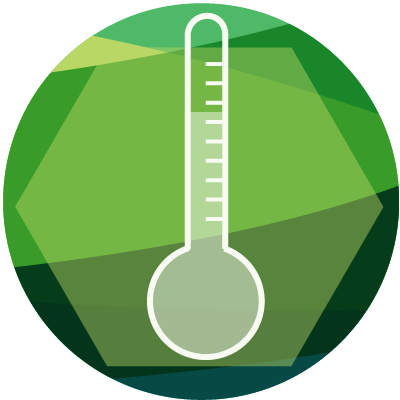Examples of shifting power include but are not limited to:
- Pledges of key targets for your goal e.g. adoption of a 100% renewable energy target
- A new bill / law being passed legislating your goal into reality.
- Policy-makers / decision makers treating your goal as a norm
- Measurements of renewable energy percentage of energy mix (in your target
country, town, company) rising
- Measurements of fossil fuel percentage of energy mix (in your target country, town,
company)
Here are some useful guides with more detail on carrying out monitoring and evaluation for your campaign:
http://www.unicef.org/evaluation/files/Advocacy_Toolkit_Companion.pdf
http://assets.wwf.org.nz/downloads/hpf_monitoring_toolkit.pdf
If you don’t make your goal first time, or have a setback because of conditions outside your control, do not be disheartened. It would be strange if this didn’t happen, as no one said campaigning was easy. Persevere, adapt your tactics, timeline and resource budget if necessary, and then access if your objective is still SMART. If it is not, you may be able to adapt that objective too in order to still run a campaign under the 100% renewable energy vision.






